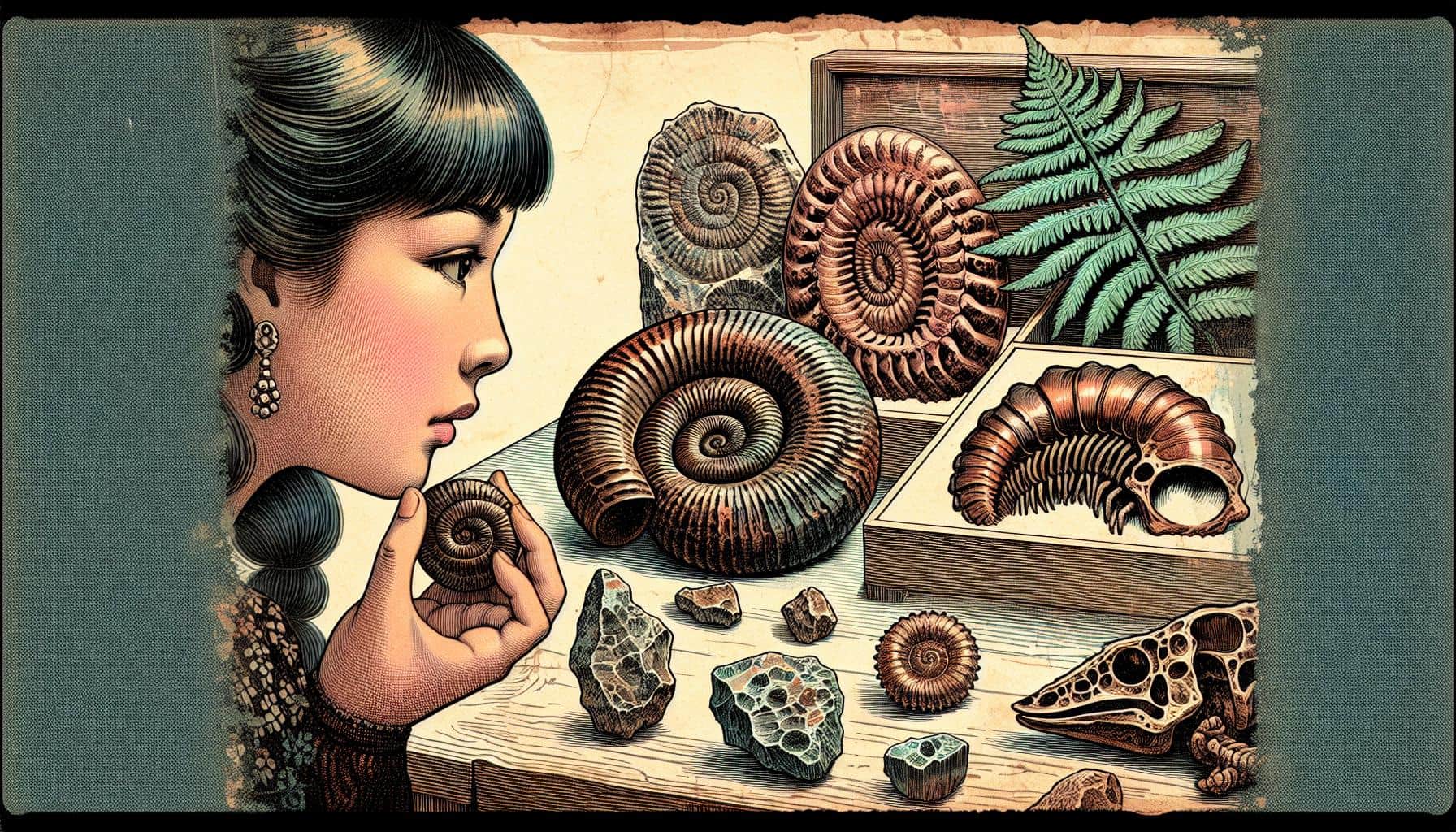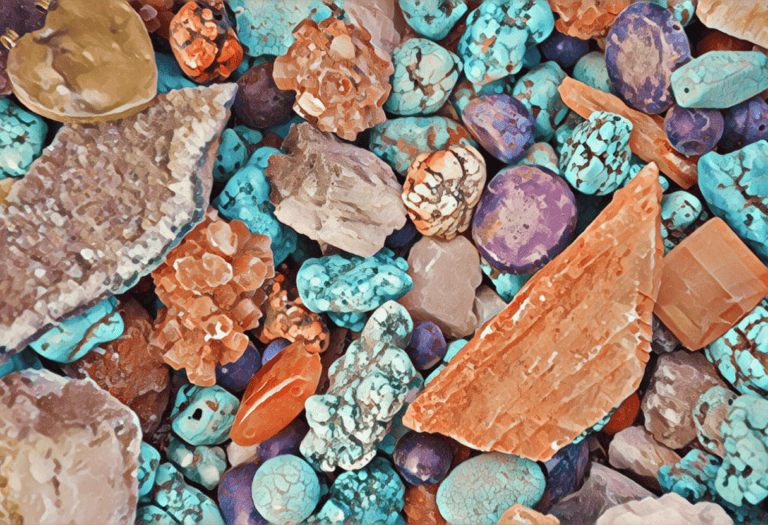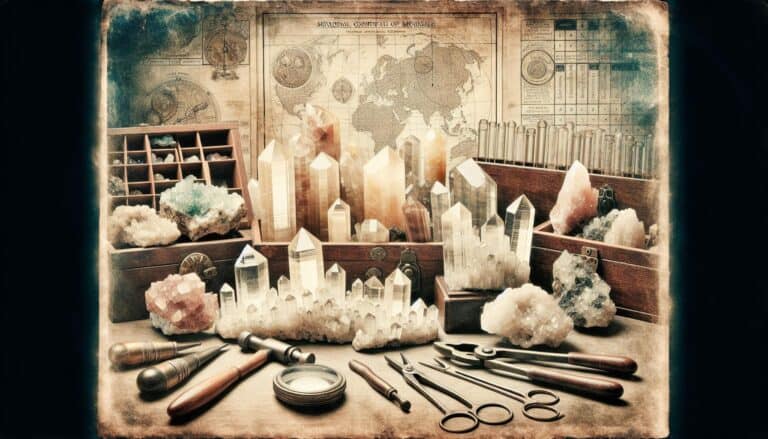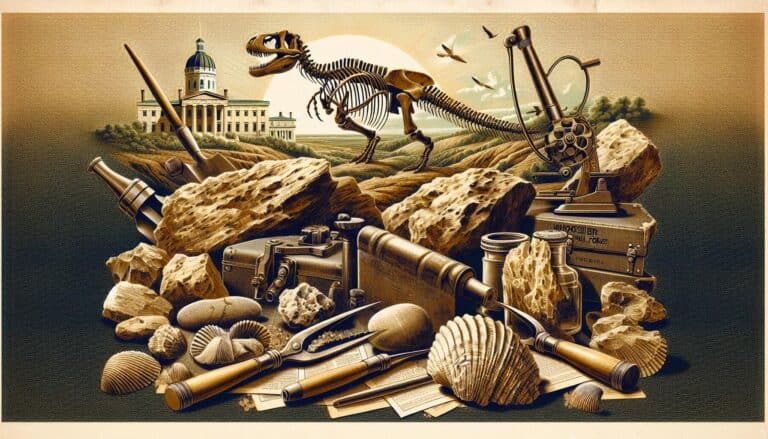Venturing into the world of fossils is like unlocking a time capsule from Earth’s distant past.
Whether you’re a seasoned collector or just starting out, the thrill of owning a piece of history is unmatched. Buying and selling fossils can be a fascinating hobby or even turn into a lucrative business.
You’ll need to navigate the legalities, understand the market, and know where to find authentic pieces. It’s not just about the transaction; it’s about the story each fossil tells.
Let’s dive into the prehistoric trade and unearth the secrets to successfully buying and selling these ancient treasures.
Venture into fossil trading by understanding market trends, legalities, and authenticity. Rarity and condition elevate value. Verify legality and provenance. Use clear photos and accurate descriptions for selling. Engage with online platforms and communities for wider reach. This unique blend of history and commerce offers both intrigue and opportunity.
Understanding the Fossil Market
Embarking on the journey of buying and selling fossils means you’ll need to grapple with the fossil market’s intricacies. To navigate this specialized marketplace, first understand the demand for different types of fossils. Rare species and complete specimens often fetch higher prices due to their scarcity and the level of interest from collectors and institutions.
Research is crucial. You’re advised to keep abreast of recent sales and auctions, which can provide valuable insight into current trends and the going rates for various fossils. Engage with online forums and communities; these serve as goldmines for firsthand information from experienced collectors.
Remember, the condition of a fossil significantly impacts its value. Pieces that have undergone minimal restoration or repair are typically more desirable, while those with significant enhancements may be less valuable. Authenticity also plays a pivotal role–be sure to verify the legitimacy of each piece before considering a purchase.
Here’s a quick snapshot of key factors influencing fossil value:
- Rarity
- Condition
- Provenance
- Historical Significance
Establishing connections with reputable dealers can lead to fruitful investments. These experts can help you discern between a worthwhile find and a potential folly. Furthermore, attending trade shows, exhibitions, and auctions not only aids in expanding your network but also enhances your understanding of the dynamics at play within the fossil market.
Diversifying your portfolio is another strategy to consider. While a single high-value item can be tempting, owning a variety of specimens may provide a more stable investment, cushioning against market fluctuations.
By immersing yourself in the fossil community and adopting a strategic approach to buying and selling, you’ll be well-equipped to make informed decisions and potentially see a substantial return on your investment.
Legal Considerations in Buying and Selling Fossils
When delving into the fossil trade, legal factors are as crucial as the provenance and quality of the fossils themselves. Each country has its own laws that govern fossil collection, with regulations often varying between regions. It’s essential to be aware of international treaties like the Convention on International Trade in Endangered Species of Wild Fauna and Flora, commonly known as CITES.
Before making a purchase or sale, ensure that the fossils have been legally obtained and can be legally sold. In some countries, vertebrate fossils such as dinosaurs are considered national treasures and cannot be owned privately. Conversely, invertebrate fossils and plant fossils usually have less stringent rules. Keeping abreast of legislation changes could save you from inadvertently breaking the law.
Due Diligence Is Key
Conduct your due diligence by verifying the fossil’s paperwork. It should include:
- A clear title or statement of provenance
- Any relevant export and import documentation
- Appropriate permission from landowners if the fossil was privately collected
Failure to comply with these regulations can lead to severe penalties, including fines and confiscation of the fossils.
Know Your Source
Purchasing fossils from reputable sources not only ensures quality but also reduces the risk of engaging in illegal transactions. If you’re considering a fossil from another country, it’s wise to consult an expert or legal professional familiar with fossil import and export laws.
Working with reputed dealers also means that they’ve likely done their homework in terms of legality, making the process smoother for you. Remember, your reputation in the fossil community is invaluable and should be protected through ethical practices.
Attend industry workshops or seminars to stay updated on these laws and network with seasoned collectors and professionals. They can offer insights into navigating the complexities of cross-border transactions and legalities in the fossil market.
How to Identify Authentic Fossils
When you’re hunting for genuine fossils, your ability to distinguish the real from the fake is vital. To begin, examine the weight and texture. Authentic fossils are usually heavier than they look because they’ve mineralized over time. The surface texture should also feel and look like stone, as opposed to modern bones or plaster replicas, which may feel slightly plastic and lighter.
Next, pay attention to color and patterns. Fossils generally have a consistent coloration that results from being in the same mineral environment for long periods. An abrupt color change within a piece could indicate tampering or composite assembly. Patterning, such as grains or layers, should be uniform and align with what’s expected from such specimens.
Use a magnifying tool to inspect the fine details. Observe for minute details that technology can’t easily replicate, like tiny holes where organisms once lived or minuscule wear patterns consistent with age and natural processes. Fakes may show signs of carving or shaping inconsistent with weathering or geological pressure.
Consider a process known as UV check. Some authentic fossils fluoresce under ultraviolet light, revealing natural patterns not visible to the naked eye. Fakes often lack these detailed luminescent properties, indicating they’re not actually ancient remains.
Perform a lick test—yes, you read that right. Because fossils often retain porous characteristics, when you lightly lick them, your tongue should stick a bit due to moisture absorption.
Lastly, don’t underestimate the power of expert validation. Always involve a paleontologist or qualified geologist to examine a potential acquisition. These experts can authenticate fossils using scientific methods far beyond the scope of initial visual or tactile examination.
Remember, whether you’re a seasoned collector or a beginner, your vigilance and a keen eye for detail are your first line of defense in ensuring the authenticity of your fossil collection. Ongoing education is key, so keep researching and learning about the fossils you love to collect or sell.
Tips for Buying Fossils
When diving into the fascinating world of fossil collecting, knowing what to look for ensures value and authenticity. Keep these tips at the forefront of your purchasing decisions.
- Research extensively about different types of fossils and their origin.
- Check for any visible repair or restoration work that might affect the fossil’s value.
- Request detailed photographs from different angles to scrutinize quality.
- Always inquire about the fossil’s history and obtain documentation, if available.
Investigate the Seller’s Reputation. Before committing to a purchase, it’s crucial to look into the seller’s background. Whether it’s an auction house, an online marketplace, or a local shop:
- Read customer reviews and feedback.
- Analyze their return policies and guarantees.
- Examine how they source their fossils.
Quality Over Quantity. It’s tempting to jump at a bargain, but oftentimes, cheaper isn’t better when it comes to fossils.
- Be wary of deals that seem too good to be true.
- Prioritize specimens with clear details and well-preserved features.
- Consider the rarity and scientific importance of the fossil.
Join Fossil Enthusiast Groups. Connecting with other collectors can be invaluable.
- Share insights and learn from others’ experiences.
- Gain access to private sales and trade opportunities.
- Stay informed about the latest news and discoveries in the paleontological world.
Legalities and Ethics. As discussed earlier, it’s vital to understand the legal aspects surrounding fossil trade.
- Ensure the fossils are legally collected and exported.
- Respect scientific and cultural significance by avoiding fossils from protected areas.
Remember, buying fossils is more than just a transaction—it’s an entry into a history that spans millions of years. Let your passion for the past guide your investments, but always do so with discernment and respect for the field.
Strategies for Selling Fossils
When you’re looking to sell fossils, it’s crucial to understand the audience. Different buyers seek out different types of fossils. Museums and educational institutions often look for scientifically important specimens, while private collectors may prioritize aesthetics and rarity.
Photography is key. High-quality, clear images of your fossils make a significant difference. Potential buyers rely on photos to assess the condition and details of specimens. Provide multiple angles and include a scale reference to offer a clear sense of size.
Documentation can add value. If you have authenticity certificates, provenance records, or any restoration documentation, these should accompany your fossils. Transparency builds trust which can translate into higher prices and repeat customers.
Accurate descriptions are not just appreciated, they’re expected. Use precise and accessible language to describe your fossils, detailing species, age, and any unique features. If you know the geological context of your fossil, include that as well—it adds to the specimen’s history and allure.
Setting the right price requires research. Look at recent auction results, consult price guides, and consider consulting with a professional appraiser. Pricing your fossils appropriately is critical for a successful sale.
Leverage online platforms. E-commerce websites and auction sites broaden your reach to potential buyers globally. Additionally, social media and forums dedicated to paleontology enthusiasts are excellent channels to showcase your items.
Remember to check and comply with any legal aspects of selling fossils, including export restrictions and cultural heritage laws. In particular, certain countries have strict regulations on the trade of fossils, so make sure you’re well-informed on the rules that apply to your transactions.
By staying knowledgeable and transparent while employing savvy marketing techniques, you’ll increase your chances of selling fossils successfully. Connecting with the right audience and presenting your fossils professionally are just as important as the specimens you’re offering.
Conclusion: On Fossils Value
You’re now equipped with the essentials to navigate the fascinating world of fossils, whether you’re looking to buy or sell.
Remember, success hinges on your ability to present your finds in the best light and connect with the right people who share your passion for these ancient treasures. Stay informed, stay ethical, and don’t forget the power of a well-crafted offer. With these strategies in hand, you’re ready to make your mark in the fossil marketplace.
Happy hunting!







